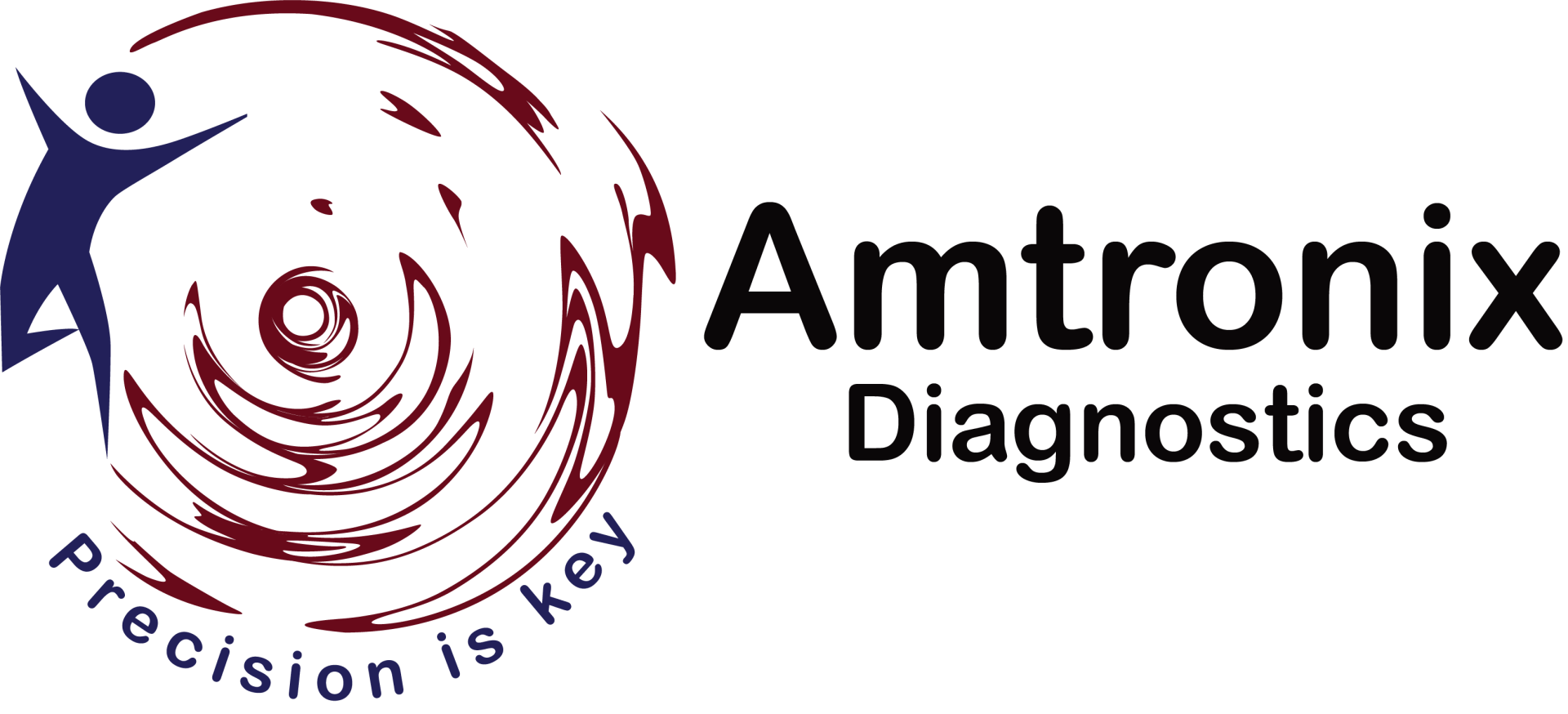Natus Madsen Astera²
The goal for MADSEN® Astera² was to improve functionality in the assessment of hearing losses of all types and introduce ground-breaking new assessment tools to strengthen your professional performance as a specialist. The end result is a new and refined clinical audiometer.
The control panel features an intuitive VRA interface that facilitates smooth transition within test modalities. An intuitive touch screen interface enhances this concept still further. The Paediatric and Special Tests options bring advanced audiology into the clinic to expand your assessment possibilities. In addition, a unique and innovative Tinnitus assessment module sets the standard for clinical tinnitus testing audiometry.
Astera Test Modalities

Tinnitus assessment
MADSEN® Astera² offers a dedicated application with numerous questionnaires useful when assessing tinnitus (THI, THS, TFI, and BAHIA). These questionnaires are fully integrated offering the advantage of storing, reviewing and sharing data during the assessment and management. This dedicated application also lets you perform the most relevant psychoacoustical tests like pitch and loudness matching, minimum masking level (MML), and residual inhibition (RI). As an easy tool for the professional, the tinnitus application has been designed to offer the operator a perfect overview of the tinnitus characteristics as well as integration in OTOsuite®.
Integrated paediatric module with VRA protocol (optional)
The paediatric test modality offers an intuitive design and a large, easy-to-view user interface. The audiometer control panel also includes dedicated buttons making it easy to focus on the child. The USB infrared transmitter connects with the video reinforcers allowing you to keep eye contact and reward the child with a single click. The test modality is also supported by paediatric features like a paediatric speech list, FRESH noise stimulation, the built-in talk to assistant and much more.
Special tests
MADSEN Astera² offers a large range of dedicated tests such as the TEN test and SAL test. The TEN test lets you easily mask the frequencies next to the test frequency in the test ear. That way you can avoid off-frequency-listening and get a proper estimate of the hearing threshold. You may also get indications of whether it is worthwhile to provide amplification in that frequency region. The SAL test is based on an indirect method of estimating hearing thresholds for bone conduction. Hearing thresholds for air conduction are determined first without and then with a simultaneous masking noise, presented by a bone vibrator placed in the centre of the forehead. The better the sensorineural acuity the larger the masking effect of the bone-conducted noise in that ear.



